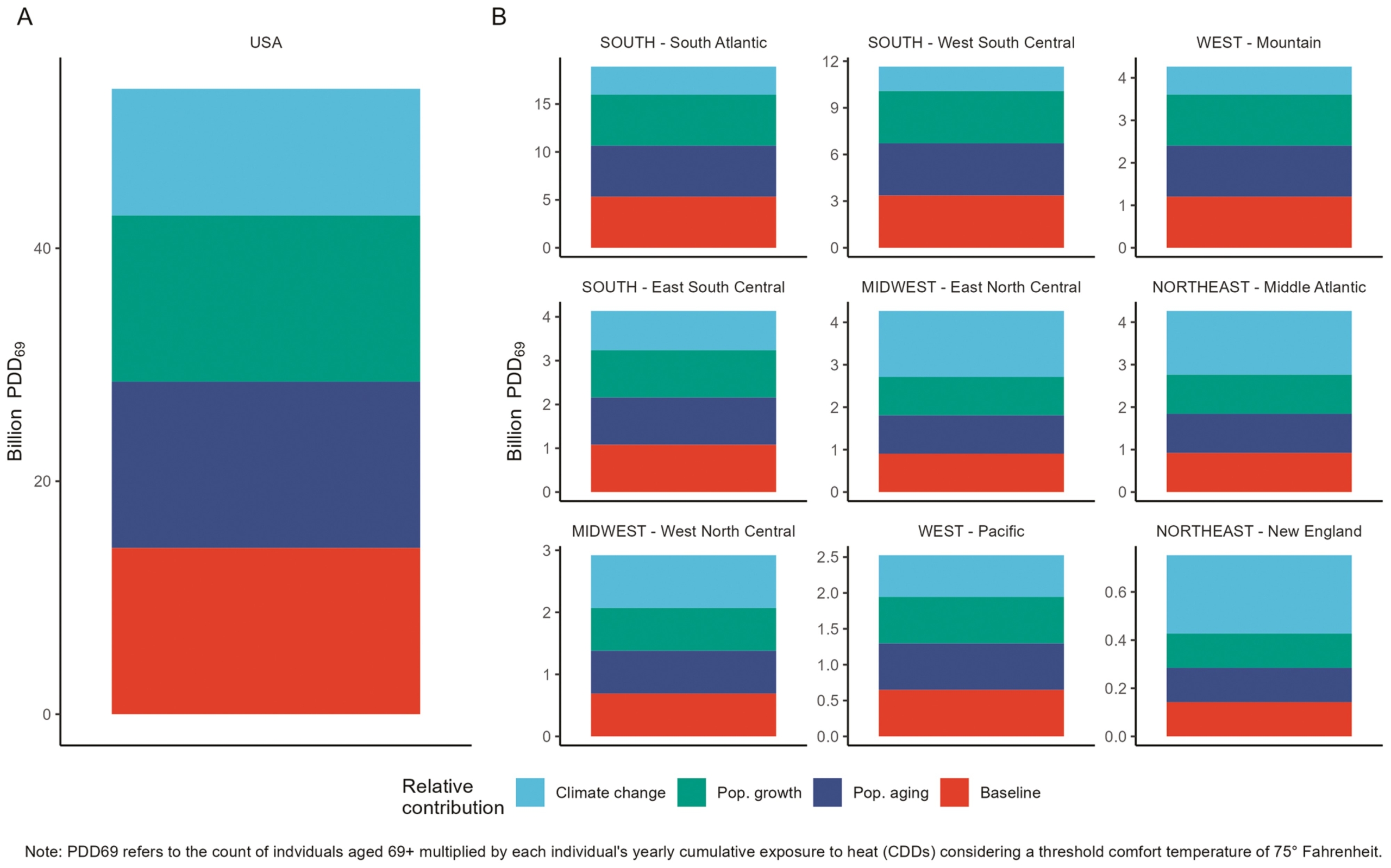
Scorching summer temperatures across the U.S.A. reveal an overlooked concern: older adults facing the effects of climate change. A study by health and climate researchers including CMCC’s Giacomo Falchetta, delving into older people’s heightened vulnerability to extreme heat, was promoted in major North American newspapers.
Rising temperatures across the Southern United States this summer have placed millions of Americans in danger, leading to scorching heatwaves and distressing conditions in major cities like Phoenix, Las Vegas, and Miami.
Amidst these visible struggles, a hidden crisis emerged – that of older adults who are suffering the effects of a warmer climate.
New research recently published on The Gerontologist investigates the intersection of older adults’ health and climate change, revealing two significant trends – an aging population and increasing temperatures – portend a potentially dire future.
The authors, experts in the fields of older adults’ health, climate change and their intersection, include CMCC’s Giacomo Falchetta. They described their findings and “the factors that make older adults extremely vulnerable to deadly heat” in a longform article in the Los Angeles Times. Their research was also described in articles on the same theme in the New York Times and the Washington Post.
By using future county-level population scenarios and climate model outputs from NASA, the researchers evaluated the impacts of both moderate and severe warming. Their findings indicate a growing vulnerability among older individuals to the adverse physical and mental health effects of extreme heat.
Remarkably, regions historically known for high temperatures, such as Arizona and desert areas in California, are witnessing accelerated aging populations. This trend underscores the urgency for local governments to address the unique needs of older residents during heatwaves, necessitating initiatives such as accessible cooling centers and specialized training for first responders.

Relative contributions of climate change, population growth, and population aging to person degree days, by U.S. Census regions, 2050. Deborah Carr, PhD and others, Population Aging and Heat Exposure in the 21st Century: Which U.S. Regions Are at Greatest Risk and Why?, The Gerontologist, 2023;, gnad050, https://doi.org/10.1093/geront/gnad050
This vulnerable demographic faces heightened risks due to heat stress exacerbating underlying health issues, inefficiencies in temperature regulation, and medication-related sensitivities. Additionally, psychological impacts, isolation, and challenges accessing cooling centers compound their vulnerability.
The phenomenon extends beyond traditionally hot regions, as historically cooler areas like New England and the upper Midwest also experience rising heat risks due to climate change. Effective adaptation requires public education, community-scale measures, investments in transportation, and energy-efficient cooling systems to mitigate the growing heat risk to older adults.
According to the authors, it is necessary to implement adaptation strategies both at an individual and community level. Public investments should be focused on developing early warning systems for extreme weather, assistance services for vulnerable individuals and geographical information systems for first responders.
“The heat risk to older adults will only worsen in the future,” write the authors, “and we will need public policies to respond to the health costs of more sweltering days.”


